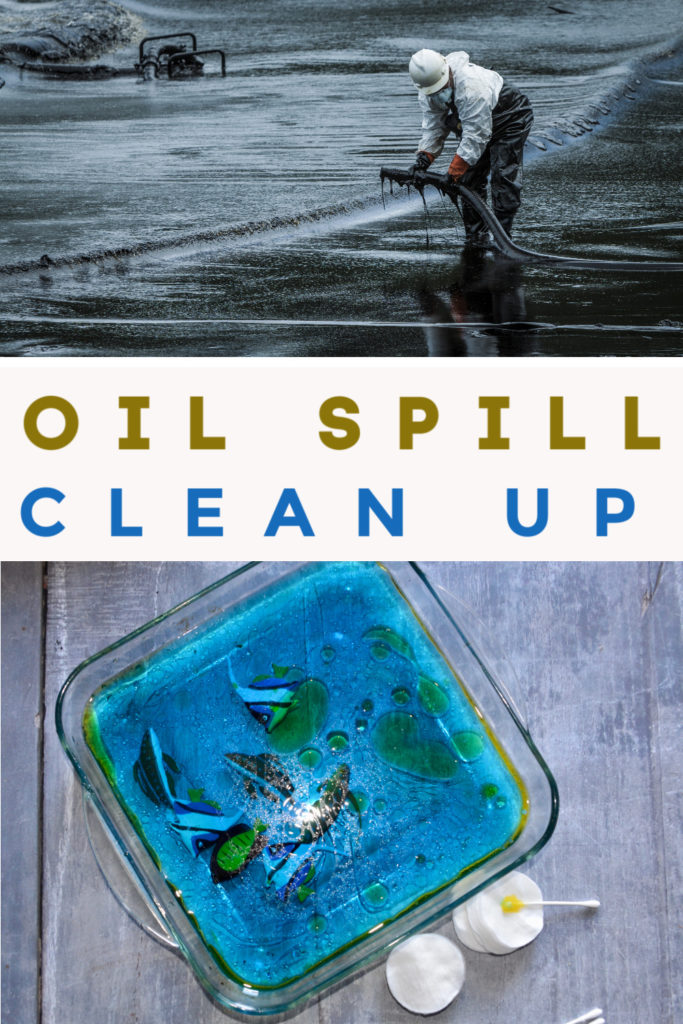Beautiful Work Info About How To Clean An Oil Spill

Sprinkle the oil with salt, flour, or baking soda.
How to clean an oil spill. Scientists have come up with a novel material for cleaning up oil spills on land. The ability of natural recovery to restore the environment can play an important role, and actions to enhance its effectiveness needs to be considered. Instead the water will simply push it to other areas of the concrete or into your yard.
You can use salt, kitty litter, corn starch, sand, or oatmeal as the. Responders keep an array of response methods in their toolkit for dealing with oil in offshore waters: Combine a 1:1 ratio of dish soap or detergent with hot water, and dab the.
But when there’s a major oil spill or pollutant found in the water, you hear about it. Pick up pieces of glass. Cover the area with an absorbent material.
Cleaning cooking oil spills 1. Then, for both wet paint spills and any leftover dried paint, give the area a deep clean with a homemade cleaning mixture. In many cases, after a few days or weeks, it’s out of the spotlight.
Start by pouring baking soda over the oil. Skimming and booming, in situ burning, and applying dispersants. In the decades that noaa’s office of response and restoration has been providing scientific support for responses to oil and chemical spills, scientists have developed a trove of specialized tools to help them do their work, including an oil spill trajectory model.
Unfortunately, oil and water do not mix so you will be unable to even dilute the oil. Thousands of oil spills happen every year, and most pollution cases don’t make the news. Surface washing agents [pdf] are used to soften and lift oil off of surfaces or structures that have been oiled, such as beach rocks, docks, and riprap.
(you don't want that stuff trickling down. Add a little more of the cleaning solution to the stain site and begin scrubbing down. However, no solution completely removes the oil, in the best case scenario, only 40 per cent of oil from a spill can be cleaned up by mechanical means.
Pour around the oil spill to stop it from spreading further, and on top of the oil. Small spills on counters or floors can be managed with paper towels and a spray surface cleaner, but larger spills require a different approach. Chemical dispersants are employed to break the oil into small droplets and help remove it from.
Local, state, and federal government agencies rush to clean up the mess. This is a cheaper, faster way to treat oil spills, ultimately helping reduce the impact on our marine life. When an oil spill is.
Common cleanup methods booms and skimmers. Use a brush to move around the coconut coir and soak up all the oil. Little has changed in how oil spills are cleaned up, but scientists are working on new tools, including sponges that can absorb oil in water, to respond to disasters.


















